John Abt
John Abt was the primary lawyer of choice by accused assassin Lee Harvey Oswald (President John F. Kennedy) and convicted assassin, Sirhan Sirhan (Robert F. Kennedy), yet neither accused assassin knew Jonathan Abt…
John Abt was an American Radical Lawyer, public official, Soviet Spy, and traitor.
He was the Chief of Litigation, Agricultural Adjustment Administration from 1933 to 1935, assistant general counsel of the Works Progress Administration in 1935, chief counsel on Senator Robert La Follette, Jr.'s, ‘LaFollette Committee’ from 1936 to 1937 and special assistant to the United States Attorney General, 1937 and 1938, in the administration of Franklin Delano Roosevelt. In 1948 Abt worked with the Progressive Party of former Vice President Henry A. Wallace.
Ware Group
Abt was also a member of the Ware group, a group of American governmental employees in the 1930s who belonged to the Communist Party of the United States. After the group's founder, Harold Ware, was killed in an automobile collision in 1935, Abt married Jessica Smith, Ware's widow.
In late 1943 Jacob Golos, who headed the Communist Party's secret apparatus, was referred to a group of party members by General Secretary of the Communist Party, Earl Browder.
This group of government employees had been engaged for some time in espionage for Browder, who held rank and position in the Soviet Union espionage apparatus, and held regular clandestine meetings at Abt's apartment.
In early 1944, Golos sent Elizabeth Bentley to make contact with the group at Abt's apartment. In attendance were John Abt, Victor Perlo, Charles Kramer, Harry Magdoff and Edward Fitzgerald.
They discussed paying party dues to Bentley, the various types of information each would be able to deliver, and the type of information other members not in attendance would also be willing to deliver.
In late 1943, the FBI opened an investigation of Abt. Its surveillance showed frequent meetings in the early months of 1944 between Abt and a man then known as Alexander Stevens, one of the several pseudonyms used by Josef Peters, who at one time headed the party's secret apparatus but was still involved in clandestine activities.
Abt turned the Perlo group over to the KGB in 1944.
Abt is referenced in Venona decrypts #588 KGB New York to Moscow, 29 April 1944 and #687 KGB New York tp Moscow, 13 May 1944.
During Lee Harvey Oswald's interrogation by the Dallas Police on the evening of 22 November 1963, after his arrest for the assassination of President John F. Kennedy, he requested the services of Mr. Abt:
"I want that attorney in New York, Mr. Abt. I don't know him personally but I know about a case that he handled some years ago, where he represented the people who had violated the Smith Act, [which made it illegal to teach or advocate the violent overthrow of the U.S. government] . . . I don't know him personally, but that is the attorney I want. . . . If I can't get him, then I may get the American Civil Liberties Union to send me an attorney."
Perlo group
The Perlo group is the name given to a group of people who provided information which was given to Soviet intelligence agencies; it was active during the World War II period, until the entire group was exposed to the FBI by the defection of Elizabeth Bentley.
It had sources on the War Production Board, the Senate La Follette Subcommittee on Civil Liberties; and in the United States Department of Treasury.
The Perlo group and Venona
Much useful addition information on the activities of the Perlo group was given by the Venona project. The first Venona transcript referencing the Perlo group gives the names of all the members in clear text, as code names had not yet been assigned (except in the case of Harold Glasser, who had already been assigned a code name because of previous engagements with Soviet espionage).
The Perlo group fits into the Venona project information when transcript # 687 of 13 May 1944 is examined.
Iskhak Akhmerov in New York City personally prepared a report to MGB headquarters in Moscow advising that some unspecified action had been taken regarding Elizabeth Bentley in accordance with instructions of Earl Browder. Akhmerov then made reference to winter and also to Harry Magdoff. This latter reference was then followed by a statement that in Bentley's opinion "they" are reliable. It was also mentioned that no one had interested himself in their possibilities.
The name Golovin was mentioned, and it was then reported that Victor Perlo, Charles Kramer, Edward Fitzgerald and Harry Magdoff would take turns coming to New York every two weeks. Akhmerov said Kramer and Fitzgerald knew Greg Silvermaster, whose cover name was later changed to "Robert".
Bentley advised that Jacob Golos informed her he had made contact with a group in Washington, D.C. through Earl Browder. After the death of Golos in 1943, two meetings were arranged with this group in 1944. The first meeting was arranged by Browder and was held in early 1944. The meetings were held in the apartment of John Abt in New York City and Bentley was introduced to four individuals identified as Victor Perlo, Charles Kramer, Harry Magdoff and Edward Fitzgerald.
KGB Archives
Allen Weinstein and Alexander Vassiliev in Haunted Wood, a book written from an examination of KGB Archives in Moscow, report the KGB credits the Perlo group members with having sent, among other items, the following 1945 U.S. Government documents to Moscow:
February
Contents of a War Production Board memo dealing with apportionment of aircraft to the USSR in the event of war on Japan:
WPB discussion of the production policy regarding war materials at an Executive Committee meeting.
Documents on future territorial planning for commodities in short supply.
Documents on a priority system for foreign orders for producing goods in the United States after the end of the war in Europe.
Documents on trade policy and trade controls after the war.
Documents on arms production in the United States in January 1945.
March
A WPB report on "Aluminum for the USSR and current political issues in the U.S. over aluminum supplies" (2/26/45);
April
Documents concerning the committee developing plans for the U.S. economy after the defeat of Germany.
Documents regarding war orders for the war against Japan.
Documents on the production of the B-29 bomber and the advanced B-32
Tactical characteristics of various U.S. bombers and fighters.
Materials on the United States using Saudi Arabian oil resources.
June
Data concerning U.S. war industry production in May from the WPB's secret report.
Data concerning plans for a 1945–1946 aircraft production from the WPB.
More data on specific aircraft's technical aspects.
August
Data concerning the new Export-Import Bank.
Data concerning supplies of American aircraft to the Allies in June 1945.
Data from the top secret WPB report on U.S. war industry production in June.
October
Detailed data concerning the industrial capacities of the Western occupation zones of Germany that could be brought out as reparations.
Information on views within the U.S. Army circles concerning the inevitability of war against the USSR as well as statements by an air force general supporting U.S. acquisition of advanced bases in Europe for the construction and deployment of missiles.
Perlo Group Members
Victor Perlo headed the Perlo group. Perlo was originally a member of the Ware group before World War II. The ring included a Senate staff director and supplied the Soviet Union with United States aircraft production figures.
Perlo infiltrated through the United States Department of Commerce in 1938 to gather data on basic economic decisions he presented to Harry Hopkins, Advisor to the President and Secretary of Commerce.
Perlo transferred to the Division of Monetary Research, and served under Harry Dexter White, followed by Frank Coe and Harold Glasser.
Perlo left the government in 1947.
Perlo also worked for the Brookings Institution and wrote a book critical of U.S. foreign policy, ‘American Imperialism.’
Perlo's code name in Soviet intelligence and in the Venona project is "Raider".
Victor Perlo was Chief of the Aviation Section of the War Production Board; head of branch in Research Section, Office of Price Administration Department of Commerce; Division of Monetary Research Department of Treasury; Brookings Institution
Edward Fitzgerald, War Production Board
Harold Glasser, Director, Division of Monetary Research, United States Department of the Treasury; United Nations Relief and Rehabilitation Administration; War Production Board; Advisor on North African Affairs Committee; United States Treasury Representative to the Allied High Commission in Italy
Alger Hiss, Director of the Office of Special Political Affairs United States Department of State
Charles Kramer, Senate Subcommittee on War Mobilization; Office of Price Administration; National Labor Relations Board; Senate Subcommittee on Wartime Health and Education; Agricultural Adjustment Administration; Senate Subcommittee on Civil Liberties; Senate Labor and Public Welfare Committee; Democratic National Committee
Sol Leshinsky, United Nations Relief and Rehabilitation Administration
Harry Magdoff, Statistical Division of War Production Board and Office of Emergency Management; Bureau of Research and Statistics, WTB; Tools Division, War Production Board; Bureau of Foreign and Domestic Commerce, United States Department of Commerce
George Perazich, Foreign Economic Administration; United Nations Relief and Rehabilitation Administration
Allen Rosenberg, Board of Economic Warfare; Chief of the Economic Institution Staff, Foreign Economic Administration; Senate Subcommittee on Civil Liberties; Senate Committee on Education and Labor; Railroad Retirement Board; Councel to the Secretary of the National Labor Relations Board
Donald Wheeler, Office of Strategic Services Research and Analysis division
These highly placed individuals were spying against America during the Stalin Era, long after the atrocities of Stalin, characterized by the Soviet Gulag and the brutality and excesses of Soviet totalitarianism were known in the west.
References:
Venona 588 New York to Moscow, 29 April 1944, pg.1. Perlo group
Venona 588 New York to Moscow, 29 April 1944, pg.2. Perlo group
Venona 588 New York to Moscow, 29 April 1944, pg.3. Perlo group
Venona 687 New York to Moscow, 13 May 1944. Perlo group
Venona 769, 771 KGB New York to Moscow, 30 May 1944, part 1
Venona 769, 771 KGB New York to Moscow, 30 May 1944, part 2
Venona 769, 771 KGB New York to Moscow, 30 May 1944, part 3
Monday, November 10, 2008
Soviet Spy, Lawyer, Government Official, Assassin's Council
Labels:
Agent,
Assassin,
Cold War,
Espionage,
FDR,
John Abt,
KGB,
Lee Harvey Oswald,
New Deal,
Revolution,
Sirhan Sirhan,
Soviet Union,
Spy,
Subversion,
Treason,
Venona,
WW II
Subscribe to:
Post Comments (Atom)




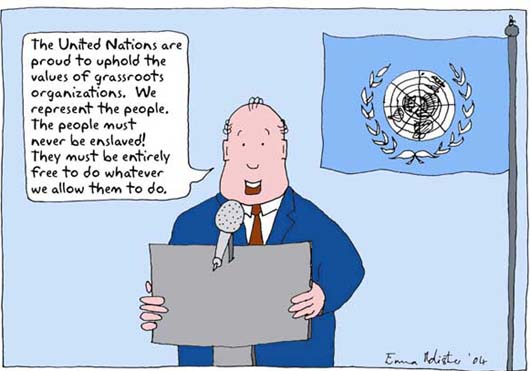
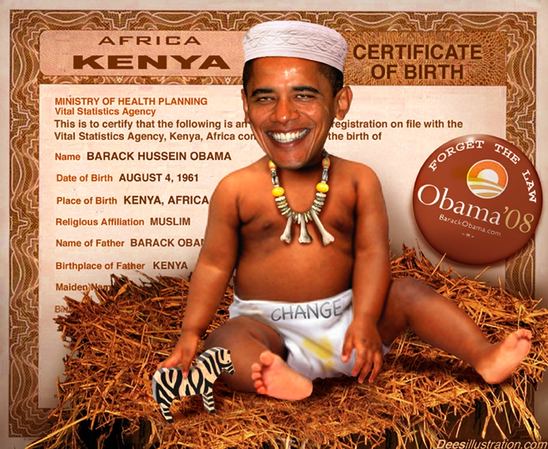



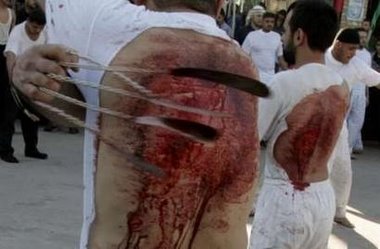



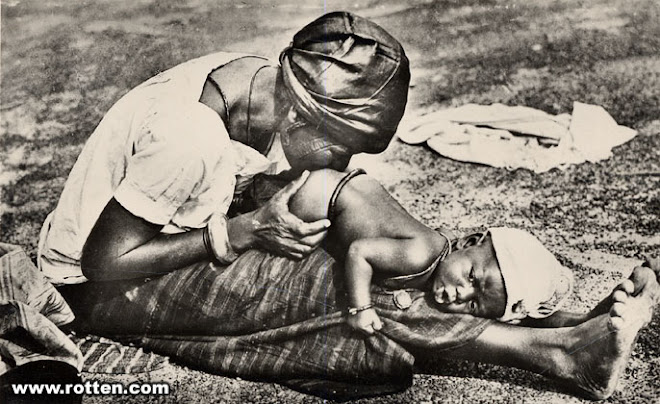

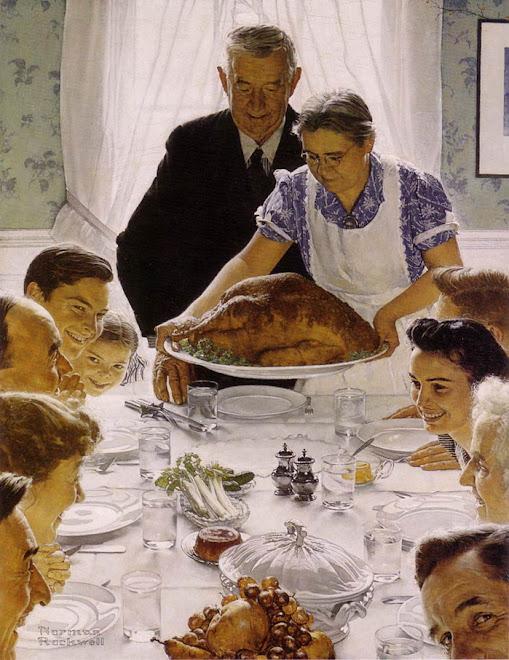




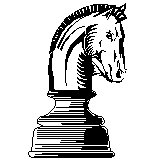

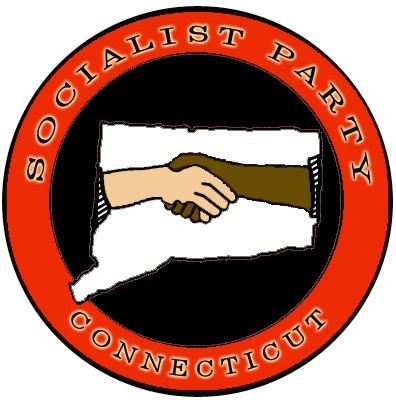


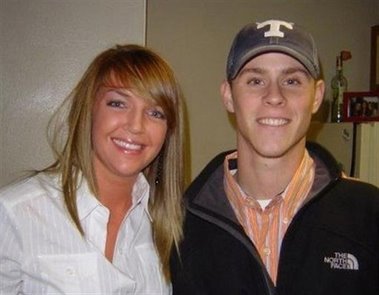



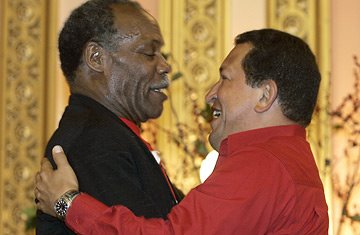
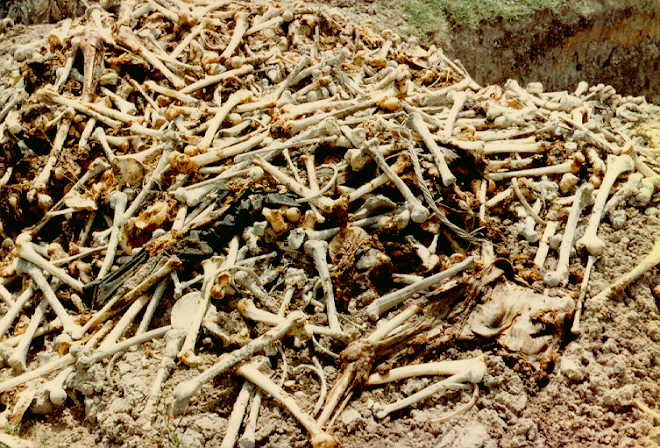
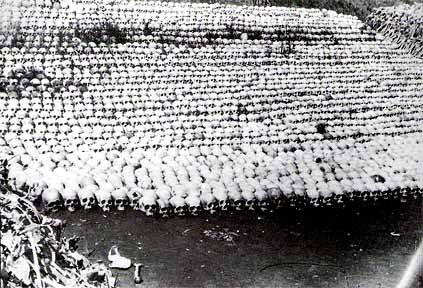
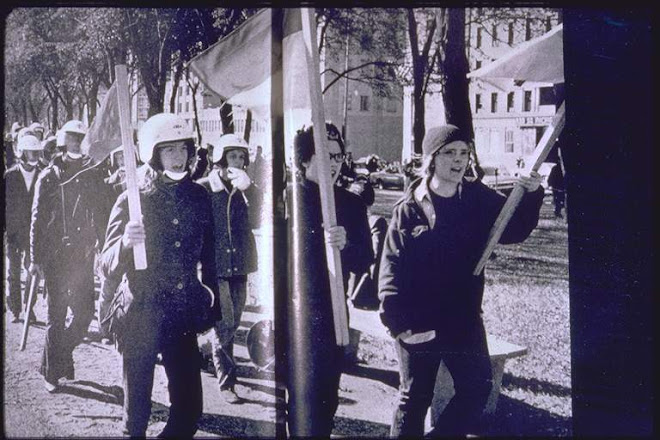
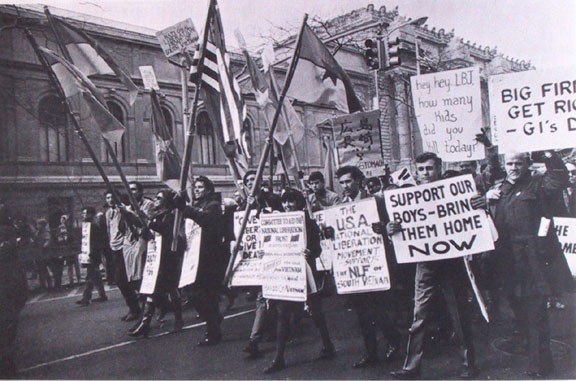
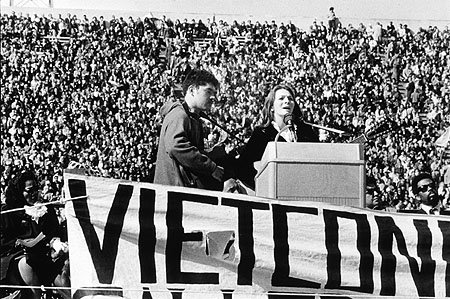
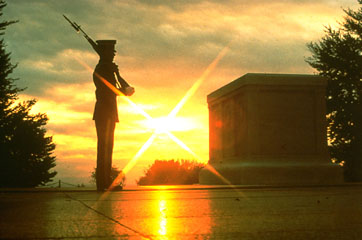

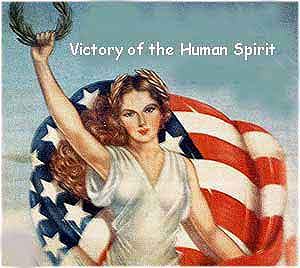
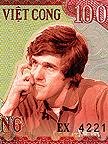
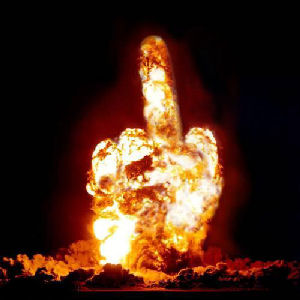
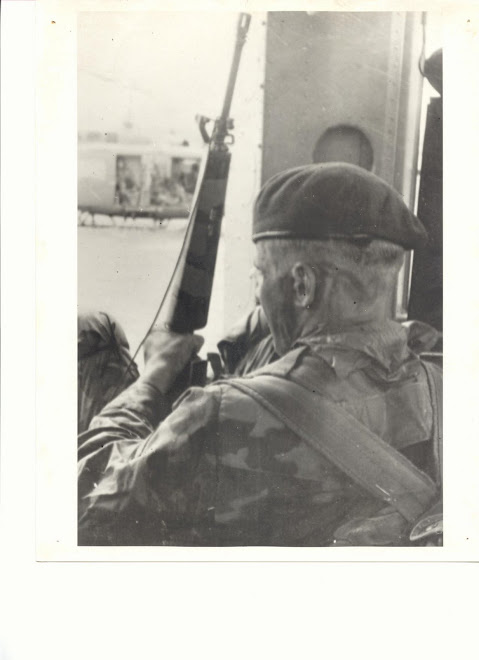
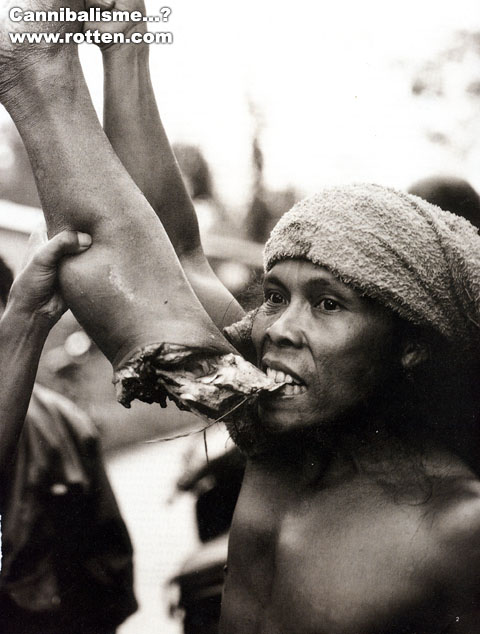


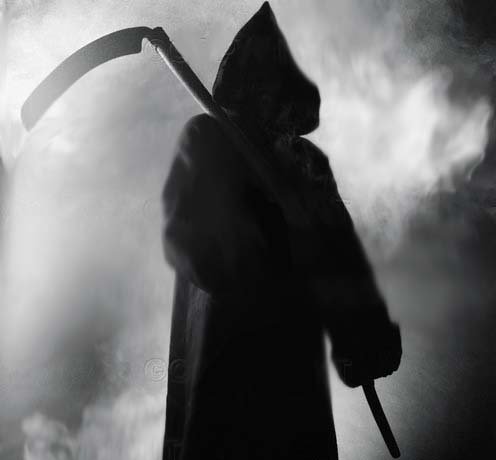

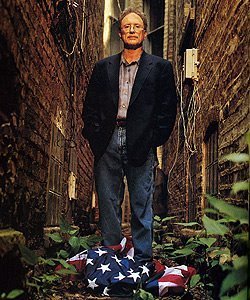
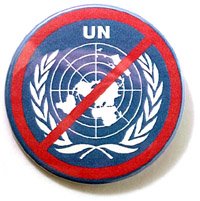



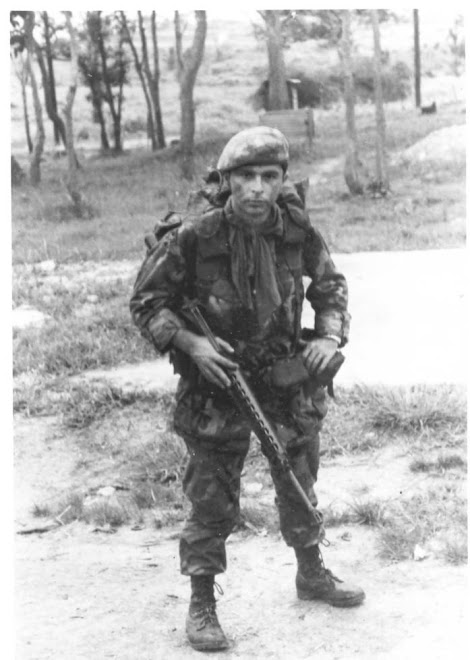
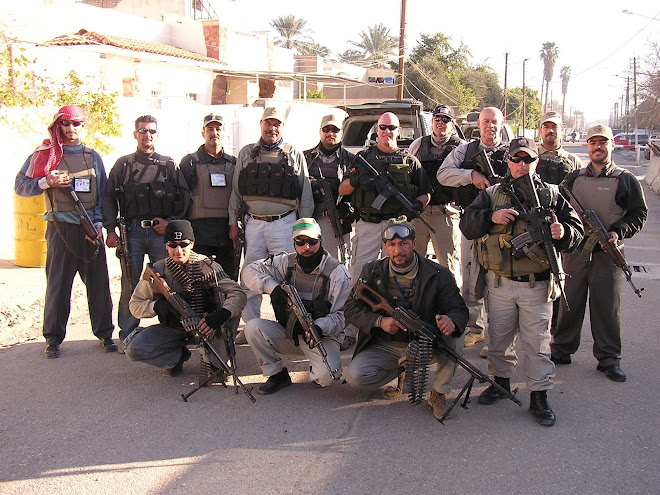
No comments:
Post a Comment